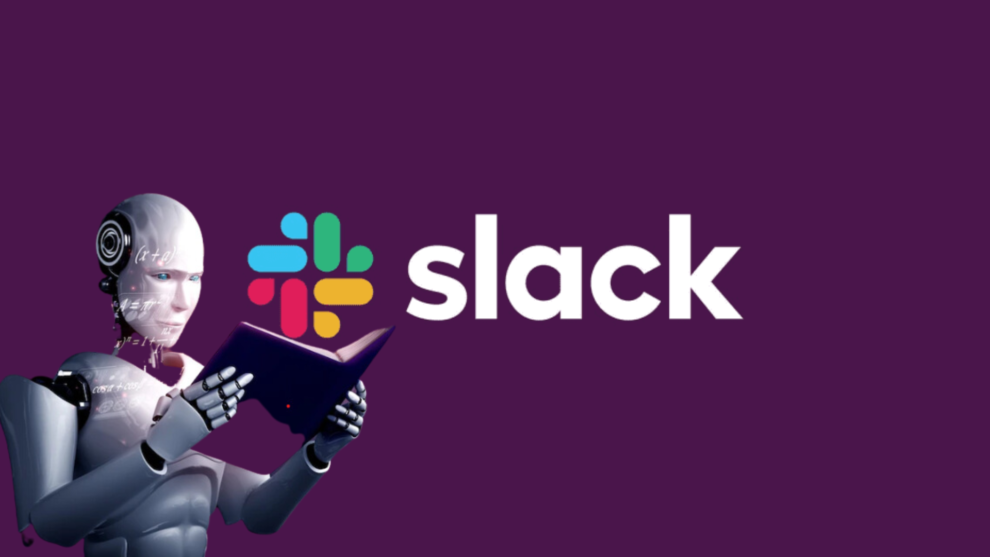In the realm of digital communication, Slack stands out as a ubiquitous platform, essential for workplace collaboration. Recently, it has come under scrutiny regarding how it handles user data, specifically in relation to its artificial intelligence (AI) development practices. This article delves into the depths of these concerns, exploring who is affected, what the issues are, when and where they surfaced, and why they are significant.
Understanding Slack’s Data Utilization Practices
Slack, owned by Salesforce, has been a pioneer in leveraging AI to enhance user experience. However, this advancement has raised eyebrows concerning privacy. Reports suggest that Slack has been scraping customer data—encompassing messages and files—to develop AI and machine learning (ML) models without explicit user consent. This practice sparked a backlash, leading to an overhaul of Slack’s privacy principles.
Recent Backlash and Slack’s Response
The controversy ignited when users realized that their data was being used by default to train Slack’s AI models, which could potentially affect all forms of communication within the platform. In response to the uproar, Slack updated its privacy policies, promising not to use customer data to train third-party AI models or share it with large language model (LLM) providers. Yet, the revised policy still leaves room for ambiguity regarding the opt-out process, which requires users to proactively contact Slack to exclude their data from AI training.
The Opt-In Controversy: A Critical Look
A key issue that remains contentious is Slack’s opt-in policy. Originally, Slack had set its data use policy to automatically opt users into data sharing for AI training, without explicit consent. Criticism has been directed at the lack of clarity and the effort required to opt out, which involves navigating through customer support channels. This has led to concerns about transparency and user control over personal and corporate data.
Journalistic Insights and User Reactions
Feedback from the user community indicates a mix of dissatisfaction and concern regarding how Slack handles data privacy, despite the company’s assurances of secure data handling and ethical AI use. Users and privacy advocates argue for a more transparent, opt-in based approach, where consent is sought actively rather than assumed.
As AI becomes increasingly integrated into workplace tools, the debate over data privacy becomes more crucial. Slack’s situation underscores a broader challenge facing all tech companies: balancing innovation with user privacy. The lessons from Slack’s experiences are clear—transparency, user consent, and clear communication are essential for maintaining trust in the digital age




